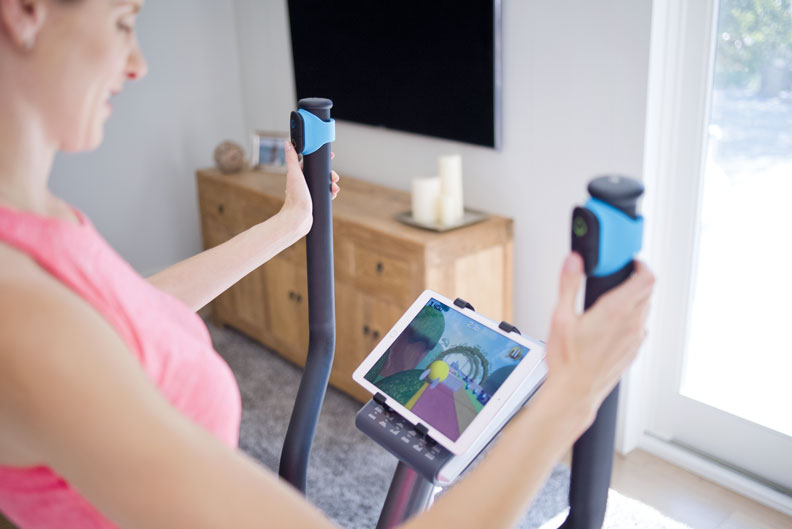When Stuart Smith discovered that patients suffering from spinal injuries were showing a reluctance to do their physical rehabilitation exercises, he came up with a revolutionary alternative.
An Australian academic is working on using video games to help improve participation and completion rates in patient rehab..
Stuart Smith, professor of disruptive technologies at the University of the Sunshine Coast, was first introduced to the concept when he was working in Ireland. A student told him about reluctance from spinal cord patients to do their physical rehabilitation exercises. After he spoke to the patients, he realised why.
“Typically, for someone who has a spinal injury or potentially even a stroke, to regain some function you’ve got to move your body around. Lifting a ball up from one side of your body and putting it on the other side of your body hundreds of times a day is pretty boring, and it provides you with no real feedback about how well you’re doing,” Smith said.
Smith decided to look into what the patients were interested in before their injury. When video games kept coming up as an answer, he took in a Sony PlayStation with an EyeToy camera.
The patients were now desperate to get into rehabilitation and play the video game. Not only were they having fun, but they were also activating muscles to help with their rehabilitation.
“For me, it was one of those light bulb moments in your career,” Smith said.
Smith has now spent more than a decade researching how to use video games in healthcare applications. One of those areas has been with elderly patients and how to prevent them from falling over.
“We knew that older people fall over a lot, but we also know that exercise is a good thing to do to reduce the risk of falls, particularly lots of strength and balance training that involves movement of the legs,” Smith said.
He then got to thinking about how to get people to do the exercises at home, and came across a game called Dance Dance Revolution (DDR), where users ‘hit’ arrows on the screen with their feet, in time with music. The team received funding to modify the game and used the open source to slow down elements, reduce the number of movements, remove distracting graphics, and put in age appropriate music. They then worked on building a computer system that could be plugged into a television at home.
“We spent a couple of years developing the hardware, including going to China to find a manufacturer of electronic dance mats that were cheap enough for us,” Smith said.
After DDR Smith turned his attention to a rehabilitation tool by Jintronix, a Canadian company. The system uses Microsoft’s Kinect and has been designed for stroke victims to help their rehabilitation by combining motion capture technology with therapy-focused games. Clinicians can also track their patient’s progress and assign new exercises remotely.
“Disruptive innovation is more than just a cool phrase.”
The project has received funding from the National Stroke Foundation Australia, and Smith has been working on refining the product during trials at Launceston General Hospital.
Every week, the team met with developers to discuss feedback about the game and its features. The developers then released a software update every two weeks. Smith said the difference between his work with DDR and Jintronix is that DDR wasn’t something that could be scaled out across the healthcare sector.
“The Jintronix solution is a commercial product – it’s out there being sold into rehabilitation clinics,” he said.
The team is now more than halfway through the trials at Launceston General Hospital and is also in discussions with other organisations, such as Queensland Health, to potentially carry out additional trials.
Smith said gaming has huge scope to address challenges in Australia’s healthcare sector and could play a disruptive role.
“Disruptive innovation is more than just a cool phrase,” he said.
“It really is a way of thinking about how do you best make use of the digital tools that now enable consumers to get access to information, goods and services.”
